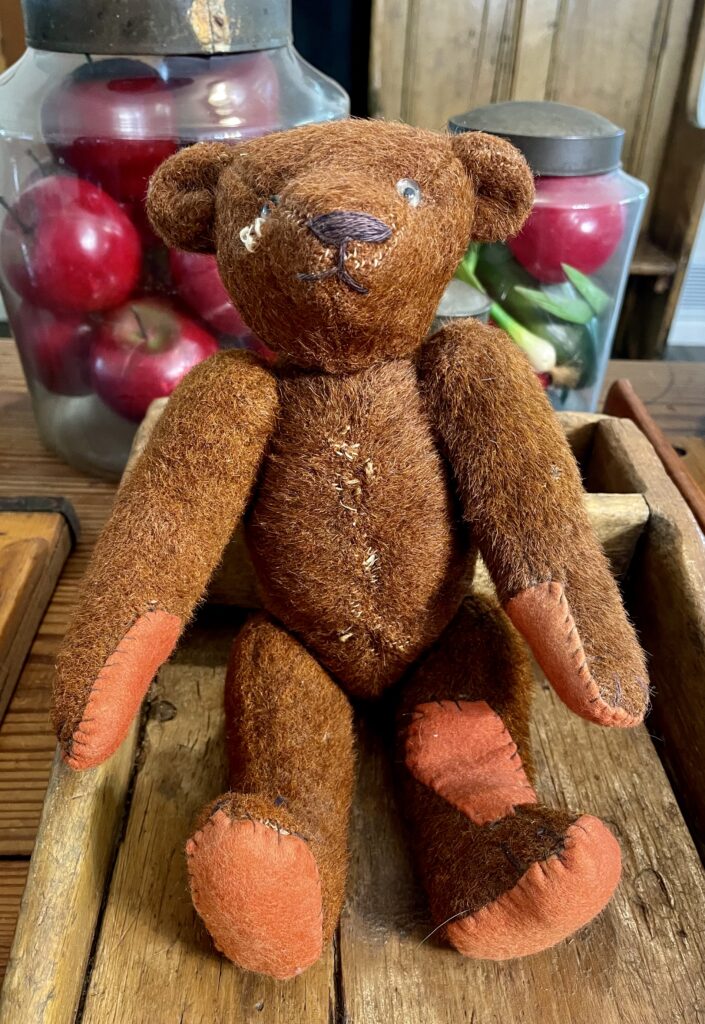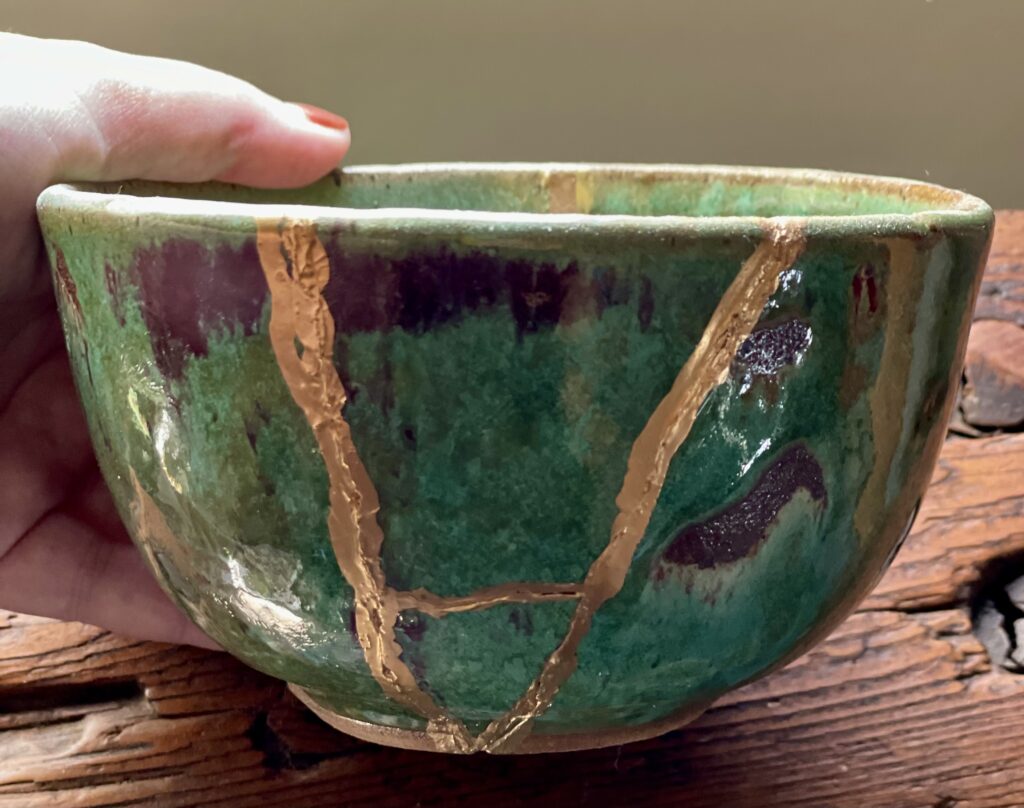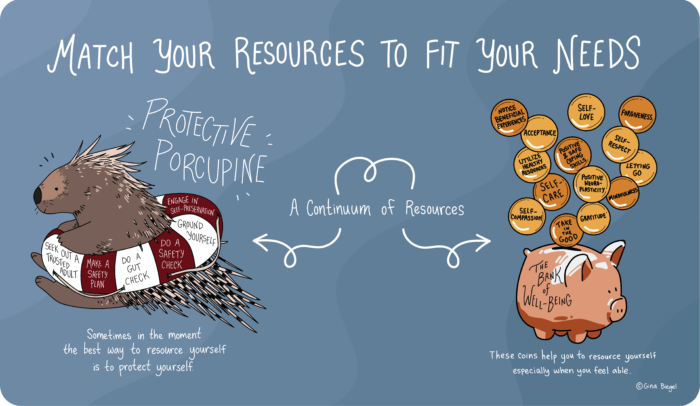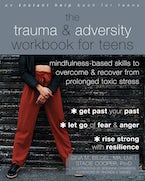By Gina Biegel, MA, LMFT, coauthor of The Trauma and Adversity Workbook for Teens
Wounds That Trauma and Adversity Make
People who have experienced trauma and adversity might feel broken, wounded, irreparable, and less than, to name a few. Repairing the breaks, wounds, and emotions that lead to feeling less than is part of the healing and recovery process. Regardless of where someone is on their healing journey, it is imperative to bring grace, compassion, and understanding alongside therapy and education as part of the healing journey.
The best thing people can do is to remove the barriers and boxes of what trauma and adversity are supposed to look like, what recovery should be, and where someone should be after trauma-based treatment. Healing is not a one-size-fits-all approach. Some things to consider:
· Acknowledgement of what has happened.
· Consider what parts of this are out of the person’s control.
· What has caused someone trauma and adversity?
· How has someone’s physical and emotional health and functioning been impacted as a result of trauma and adversity?
· How to bring self-compassion into one’s life?
· What does providing peace, ease, and grace look like for someone who has experienced trauma and adversity?
· Work on acceptance of what has happened.
· Decrease self-blame, shame, and guilt.
· Letting go does not imply denying what happened.
· Forgiveness is a process that does not need to be given to another, but is for the person who has experienced trauma and adversity.
· Work on getting out of the “stuckness” someone can feel as a result of trauma—not denying truth and reality, but working on not letting the trauma rule someone’s life.
· Be in a relationship with the trauma or adversity versus being in the trauma and adversity.
· Increase self-value and worth.
· Despite one’s past, the past doesn’t define the present, or predict the future.
· Healing is a path that takes time and might not be a linear one.
The Art of Repairing Wounds: Differing Cultures Ancestral Approach to Fixing Goods
Look to two different artistic approaches, two ways items that are broken are repaired and fixed in both Western and Eastern traditions. These different ancestral approaches can provide some suggestions for how someone who has experienced trauma and adversity can approach their own healing and recovery. Part of the healing process is acknowledging what has occurred and that it has an impact. How someone repairs what feels broken and wounded is the process that allows for trauma recovery.
One way to grow through what someone goes through is to be aware of the breaks or wounds created by their experiences and the impact it has had. In the Western tradition, repairs are made to things that are broken to allow them to work again. In the Eastern tradition, imperfections and breaks are highlighted and attention brought to them—so not only fixed, but amplified. Depending on the person, and where they are in their healing journey, this might indicate one of these approaches more, or a combination of the two.
Make-Do Repairs: Useful in Early Trauma Recovery
In the US culture, people often find primitive antiques that are broken in some way, and with some “make-do repairs,” it can make the item useable again. Someone fixes it, so it isn’t tossed away or thrown in the trash. Rather the item is something to be kept and even treasured for generations to come.

Look at the picture of this homemade teddy bear. It has been damaged and ripped, and at some point, repaired. Patches have been sewn on the holes. These patches impact how the bear looks and how it is able to be used and functional again. This bear is from the early 1920s or 1930s, and has lasted approximately one hundred years in this condition. Had someone not taken the time to patch this bear up, it most likely would have been thrown away a long time ago.
In this example, of a make-do repair. The perspective is that the person who experiences trauma and adversity isn’t broken, but a fix in process. People can work to restore themselves despite their wounds—those parts of them that feel torn, tattered, wounded, or broken.
The Art of Kintsugi: More Advanced Trauma Recovery
People who are aware of their trauma and adversity and are stable in their recovery journey—perhaps someone who has done some therapeutic work—might consider this Eastern, Japanese art technique of Kintsugi. In this approach, broken pottery is fixed by repairing it with precious gold. Instead of hiding the damage, the gold helps it to stand out—embracing imperfections and celebrating the uniqueness of the object. Doing this might make the object more precious than before. This is a way to “fix” broken, imperfect things, by not only fixing the break, but by amplifying its flaws—rather than trying to mask or cover them up.
This Kintsugi art technique to fix with gold connects with the Eastern philosophy of wabi-sabi, which is finding beauty in the imperfect or damaged, such as with the pot pictured here

A Way Forward
Repairing the wounds that result from trauma and adversity can be done with both Western and Eastern artistic approaches to fixing broken things. Take the bear and bowl as examples: first, the parts that needed repair were assessed; then repaired with time, effort, and thoughtful attention to detail; and last, fixed or put back together again to not only survive but thrive and endure.
People can not only get through, but rise through, their trauma and adversity. Instead of keeping something hidden, secret, or to minimize its impact. These artistic ideas suggest repairing, patching-up, making-do, and even fixing by amplifying and expressing the imperfections of something. People can recognize what has impacted them, those adverse circumstances and events, and honor and hold with compassion where they are at in their healing and recovery. The hope is to assuage someone’s pain and suffering and make living at least manageable, if not even better. It doesn’t mean the events didn’t occur or that the impact isn’t significant. Perhaps the next part in healing and recovery is to honor their experiences and pain. A person does not need to live in shame or blame. Once the needed repairs have been made, it is time to learn to live again.
Catching up? Read Part 1 here.
Gina M. Biegel, MA, LMFT, is a psychotherapist, researcher, speaker, and author specializing in mindfulness-based work with adolescents. In 2004, she founded and created the evidence-based mindfulness-based stress reduction for teens (MBSR-T) program. She is author of Take in the Good, Be Mindful and Stress Less, and The Stress Reduction Workbook for Teens.



 2024 Peace Playbook: 3 Tactics to Avoid Clashes with Your Partner
2024 Peace Playbook: 3 Tactics to Avoid Clashes with Your Partner